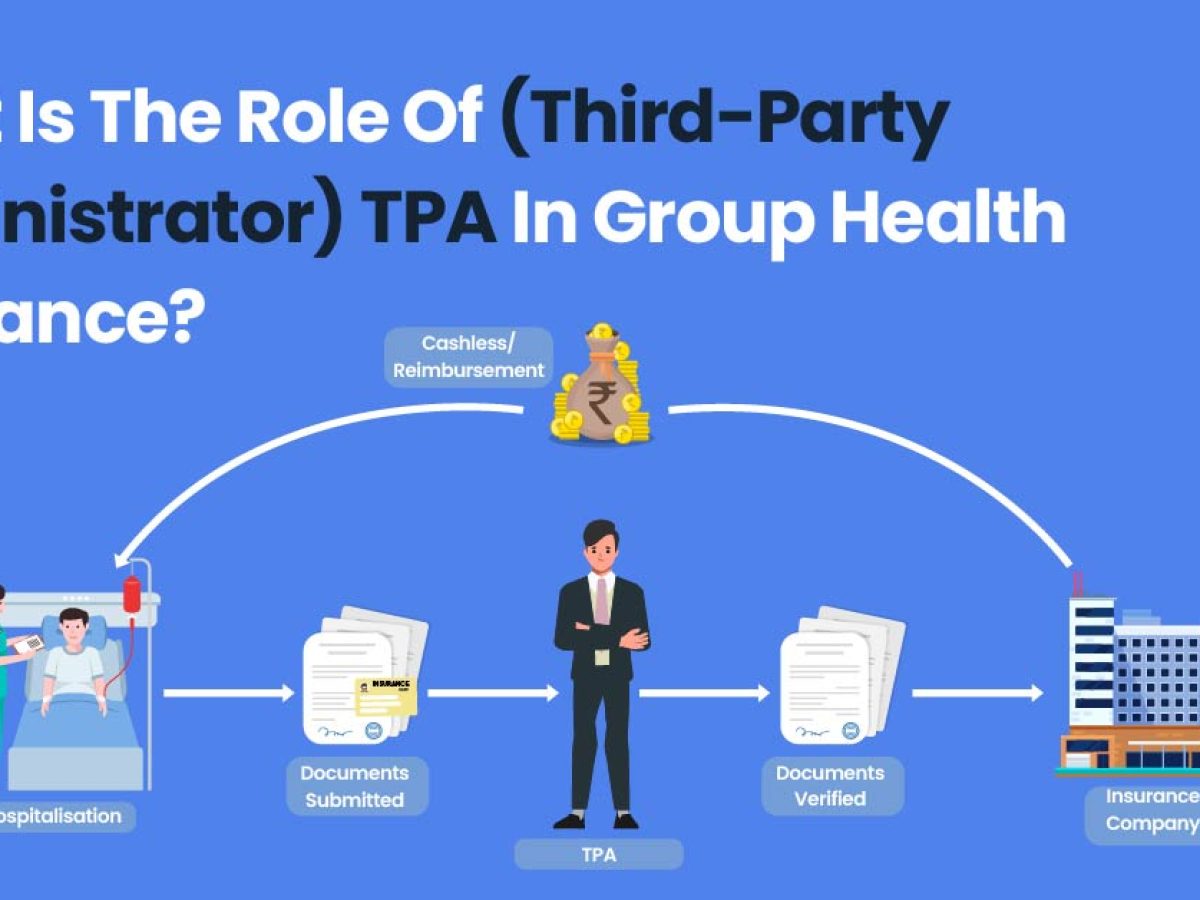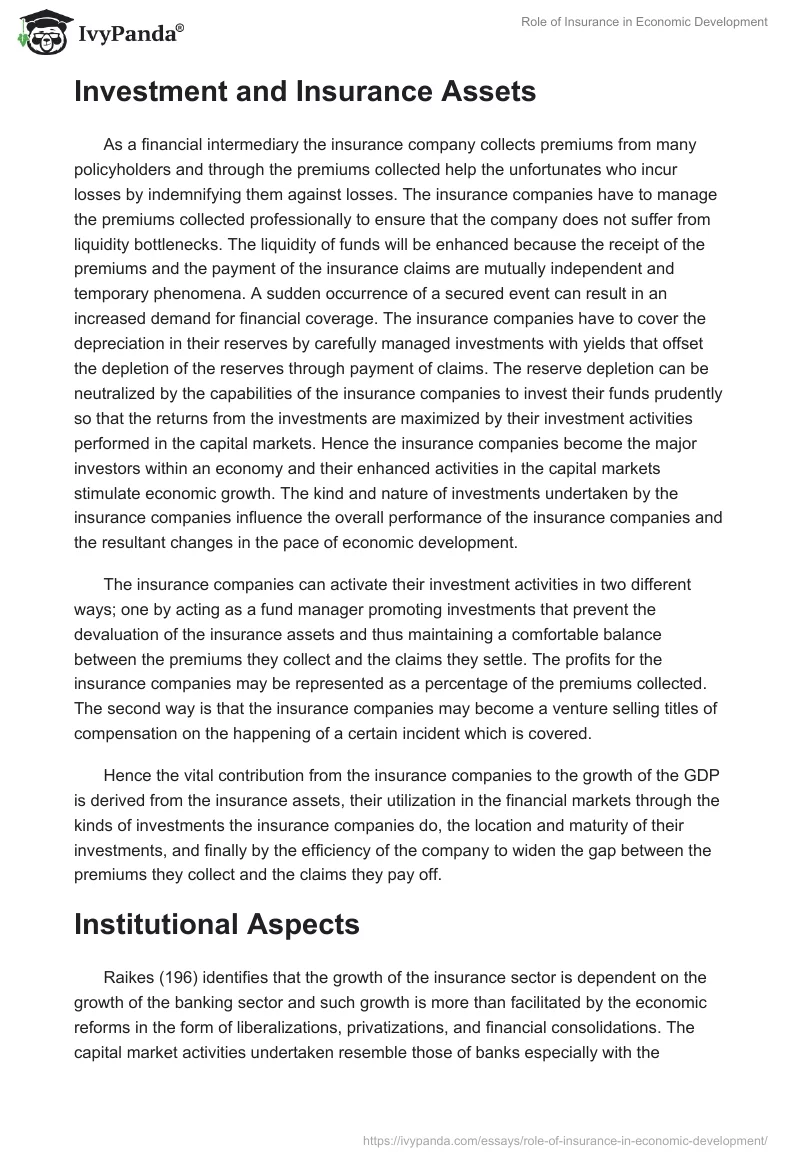7 Easy Facts About Pacific Prime Shown
Wiki Article
The 6-Minute Rule for Pacific Prime
Table of ContentsHow Pacific Prime can Save You Time, Stress, and Money.The Greatest Guide To Pacific PrimePacific Prime Can Be Fun For AnyoneSome Ideas on Pacific Prime You Need To KnowThe Buzz on Pacific Prime

This is because the information were accumulated for a duration of solid economic efficiency. Of the estimated 42 million individuals that were uninsured, almost regarding 420,000 (concerning 1 percent) were under 65 years of age, the age at which most Americans end up being qualified for Medicare; 32 million were grownups between ages 18 and 65, around 19 percent of all grownups in this age group; and 10 million were youngsters under 18 years old, concerning 13.9 percent of all children (Mills, 2000).
These quotes of the variety of individuals uninsured are produced from the yearly March Supplement to the Existing Populace Survey (CPS), carried out by the Demographics Bureau. Unless otherwise noted, national quotes of individuals without medical insurance and percentages of the population with various type of coverage are based on the CPS, one of the most commonly made use of source of quotes of insurance coverage and uninsurance prices.
The Basic Principles Of Pacific Prime

Still, the CPS is particularly useful due to the fact that it generates yearly price quotes fairly swiftly, reporting the previous year's insurance coverage estimates each September, and because it is the basis for a regular collection of estimates for greater than 20 years, enabling evaluation of trends in insurance coverage over time. For these reasons, along with the considerable use the CPS in other research studies of insurance policy protection that exist in this record, we depend on CPS price quotes, with limitations kept in mind.

The estimate of the number of uninsured people broadens when a populace's insurance policy status is tracked for several years. Over a three-year duration starting early in 1993, 72 million individuals, 29 percent of the united state population, lacked protection for a minimum of one month. Within a single year (1994 ), 53 million individuals experienced at least a month without insurance coverage (Bennefield, 1998a)
6 out of every ten without insurance adults are themselves used. Although working does boost the likelihood that one and one's household participants will have insurance policy, it is not a warranty. Also members of family members with 2 full time wage earners have virtually a one-in-ten chance of being without insurance (9.1 percent without insurance price) (Hoffman great post to read and Pohl, 2000).
Pacific Prime Fundamentals Explained
New immigrants account for a considerable percentage of people without medical insurance. One analysis has associated a significant part of the recent development in the size of the U.S. without insurance populace to immigrants that arrived in the country between 1994 and 1998 (Camarota and Edwards, 2000). Current immigrants (those that came to the United States within the previous 4 years) do have a high price of being without insurance (46 percent), but they and their kids make up simply 6 percent of those without insurance coverage country wide (Holahan et al., 2001).The partnership in between wellness insurance and access to care is well established, as documented later in this chapter. The partnership between health insurance coverage and wellness results is neither direct nor straightforward, a comprehensive clinical and health and wellness services study literature web links wellness insurance policy coverage to better accessibility to care, far better high quality, and enhanced individual and population health standing.
Degrees of analysis for checking out the impacts of uninsurance. It concentrates specifically on those without any kind of health insurance policy for any size of time.
Pacific Prime for Beginners
The issues encountered by the underinsured are in some aspects comparable to those encountered by the uninsured, although they are typically much less serious. global health insurance. Uninsurance and underinsurance, nonetheless, include clearly various policy issues, and the techniques for addressing them may vary. Throughout this research and the 5 records to comply with, the primary focus is on individuals without any medical insurance and hence no help in paying for healthcare past what is offered through charity and safety internet establishments
Medical insurance is a powerful variable influencing receipt of care due to the fact that both individuals and doctors react to the out-of-pocket rate of solutions - https://pastebin.com/u/pacificpr1me. Wellness insurance, nonetheless, is neither essential neither enough to access to clinical solutions. Nevertheless, the independent and direct impact of medical insurance coverage on access to wellness solutions is well developed.
Others will certainly acquire the healthcare they need also without health and wellness insurance, by spending for it out of pocket or seeking it from service providers that use care free or at extremely subsidized prices. For still others, medical insurance alone does not make sure receipt of care due to other nonfinancial barriers, such as a lack of health care providers in their neighborhood, limited access to transport, illiteracy, or linguistic and social differences.
The Single Strategy To Use For Pacific Prime
Official research study concerning uninsured populations in the USA dates to the late 1920s and early 1930s when the Committee on the Cost of Treatment produced a collection of records about financing doctor workplace gos to and hospital stays. This issue came to be salient as the numbers of medically indigent climbed during the Great Anxiety.Report this wiki page